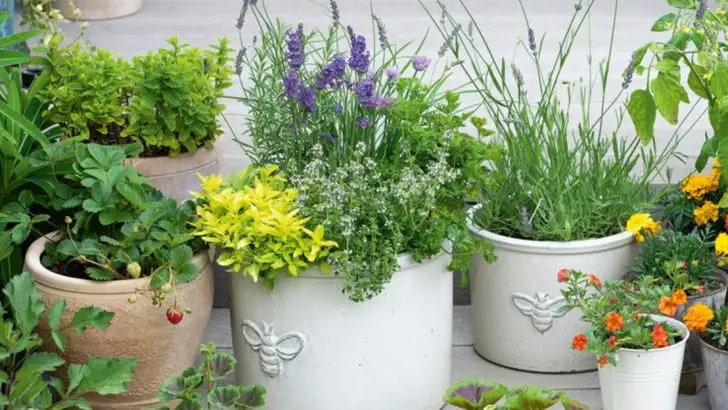Your container garden might be doomed—and no one’s warning you. Too much water, not enough sun, cramped roots, mystery bugs, and that one pot you swore was “just fine.” It’s not fine. Container gardening looks simple. Drop in soil, add a plant, give it a little love, and wait for magic. But the truth? It’s full of traps. Silent, sneaky little mistakes that strangle your tomatoes, wilt your basil, and turn once-happy peppers into compost fodder. Most people won’t tell you what went wrong. They’ll shrug and blame the weather. But we’re going there—straight into the gritty, overwatered, root-bound chaos to uncover what really kills container dreams. Save your plants. Save your summer. It’s time to get real about what’s hiding in those pots.
Overcrowding Containers
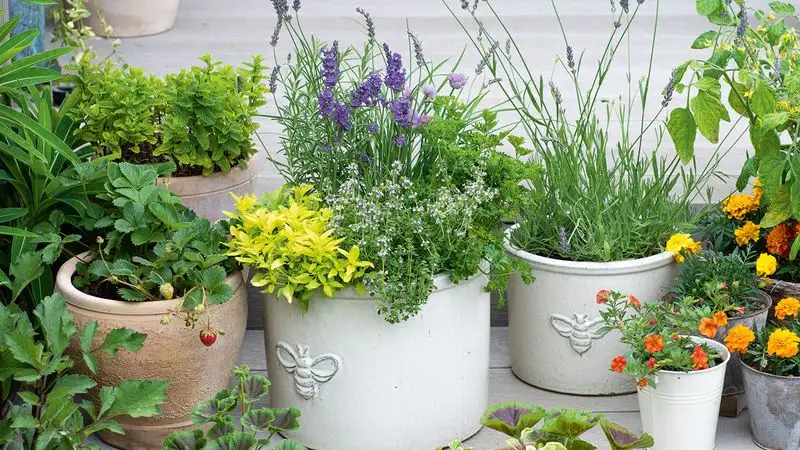
Jamming too many plants into a single container might seem like a space-saving strategy, but it often backfires. Each plant competes for limited resources, such as soil nutrients and water, leading to stunted growth.
Roots can become entangled, limiting their ability to absorb nutrients efficiently. In this tangled mess, plants can also become more susceptible to diseases due to poor air circulation.
It’s crucial to understand each plant’s growth requirements and provide enough space for healthy development, avoiding the temptation to plant too densely.
Using Poor Quality Soil
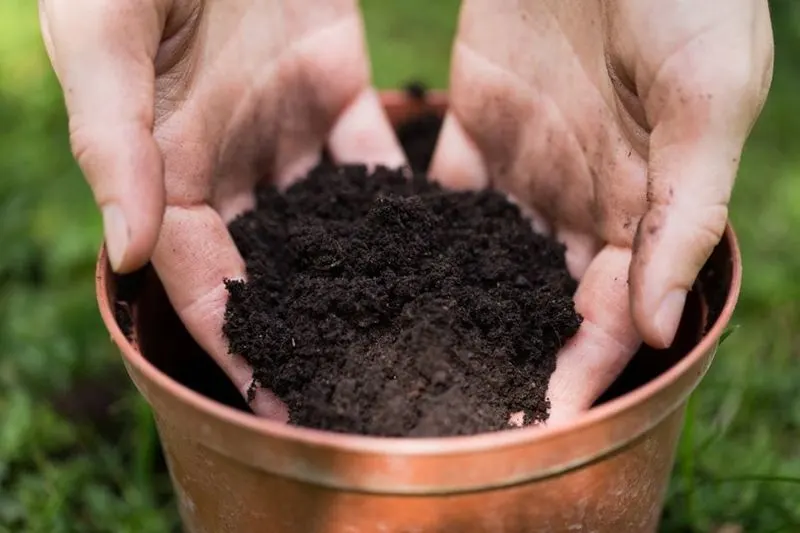
Opting for subpar soil can be a critical mistake in container gardening. Poor quality soil often lacks the necessary nutrients that plants need to thrive.
This type of soil may also have poor drainage, leading to root rot and other moisture-related issues. Without the right soil consistency, plants can suffer from nutrient deficiencies, evident in yellowing leaves or slow growth.
Investing in high-quality potting mix is essential to provide a balanced environment, rich in organic matter, promoting healthy plant growth.
Ignoring Drainage Needs
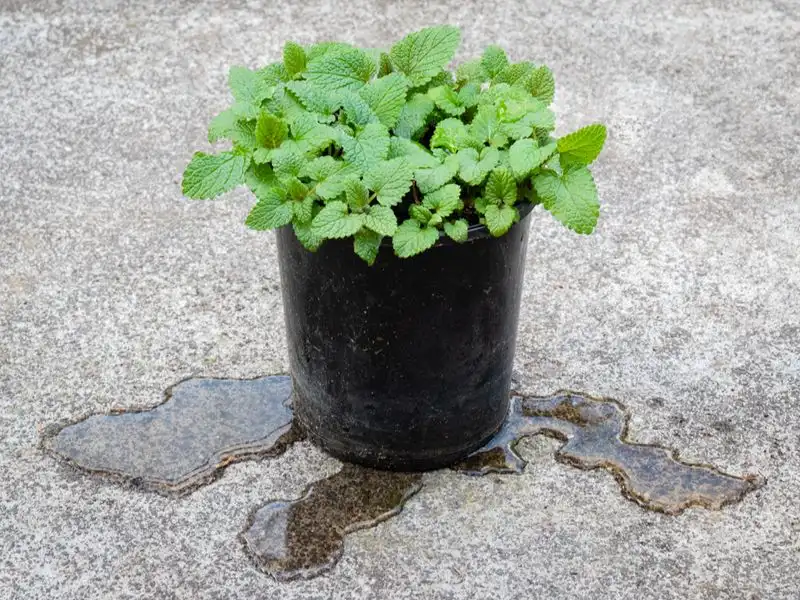
Neglecting drainage requirements can create a waterlogged soil environment, detrimental to plant health. Without proper drainage, water accumulates at the bottom, suffocating roots and fostering rot.
Plants exhibit symptoms of overwatering, such as wilting and yellow leaves, when excess water has no escape.
Ensuring containers have adequate drainage holes is vital. Using materials like gravel or broken pottery shards at the base can improve water flow, preventing soggy conditions and promoting root health.
Choosing Wrong Container Size
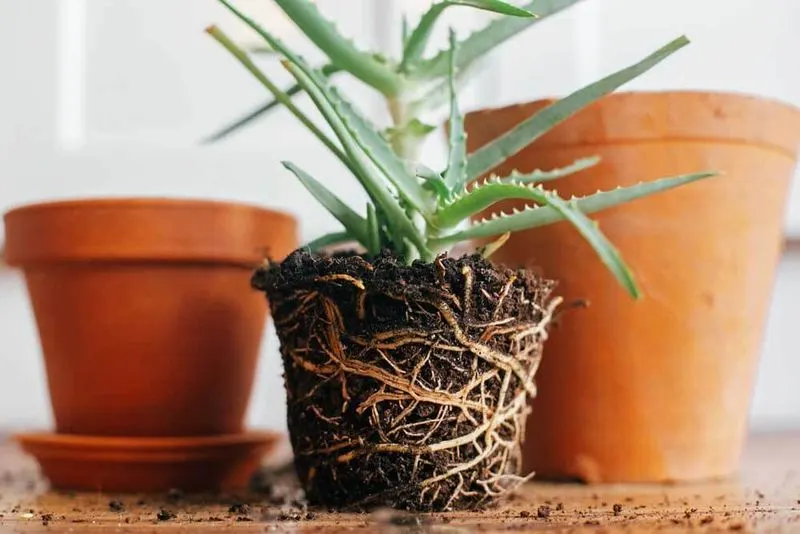
Selecting an inappropriate container size can hinder a plant’s potential. A small container for a large-growing plant restricts root expansion, leading to root-bound conditions.
When roots coil tightly inside a pot, nutrient uptake and growth are compromised. Conversely, a too-large container may cause water retention issues, overwhelming a young plant.
Matching container size with the plant’s growth expectations ensures a balance, allowing roots to explore adequately while maintaining optimal moisture levels.
Neglecting Seasonal Changes
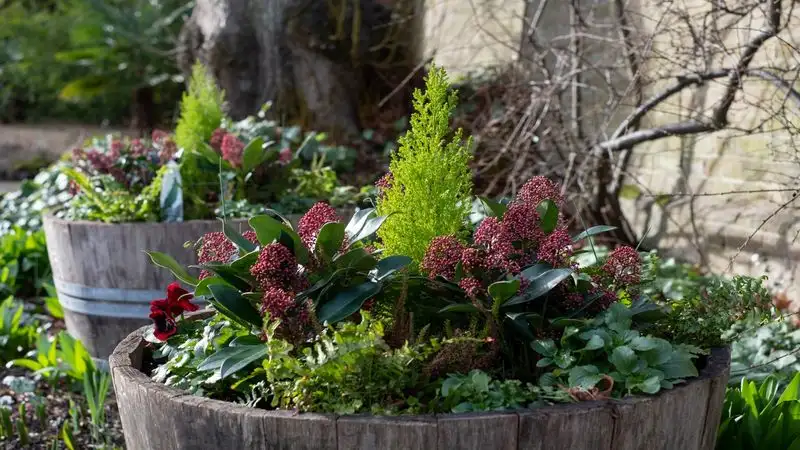
Failing to adapt container gardens to seasonal shifts can stress plants significantly. Many forget that containers expose roots more directly to temperature variations.
In winter, unprotected pots may freeze, damaging root systems, while summer heat can dry out soil rapidly. Seasonal care adjustments, such as insulating containers or providing shade, are crucial.
Understanding each plant’s seasonal needs helps in providing the right protection, ensuring vibrant growth throughout the year.
Overlooking Light Requirements
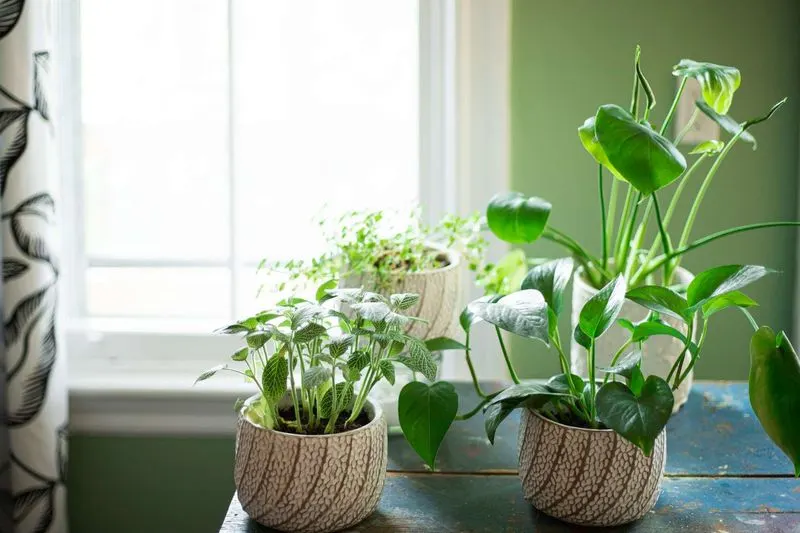
Misjudging light requirements can drastically affect plant health. Some plants thrive in direct sunlight, while others prefer shade.
Placing shade-loving plants in full sun may lead to scorched leaves and stress, while sun-loving plants in shade can become leggy and weak.
Understanding each plant’s light preferences is essential, selecting positions accordingly to ensure optimal growth conditions and avoid unnecessary plant stress.
Ignoring Fertilization
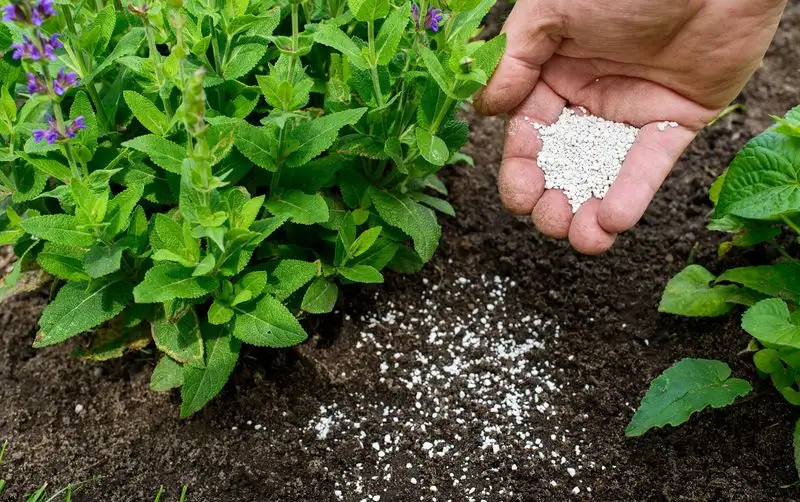
Fertilization is often an afterthought in container gardening, yet it’s vital for plant vitality. Containers offer limited soil volume, depleting nutrients faster than in-ground gardens.
Without regular feeding, plants may show nutrient deficiency symptoms, such as poor growth or discolored leaves. Balancing fertilization without overdoing it is key to avoiding nutrient burn.
Choosing the right fertilizer type, based on plant needs, can sustain growth and health, providing the necessary nutrients often missing in container setups.
Neglecting Watering Schedules
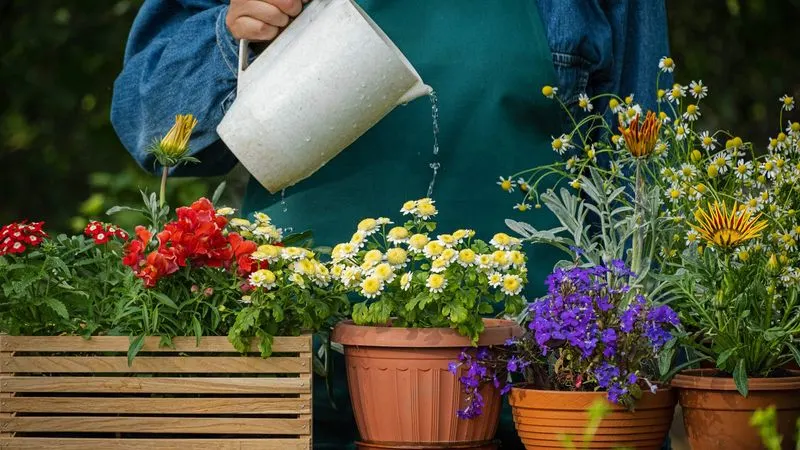
Inconsistent watering schedules can wreak havoc on container plants. Unlike ground gardens, containers dry out faster and need regular attention.
Irregular watering leads to stress, evident in wilting or dry soil pulling away from the pot’s sides. Consistency is crucial to maintaining healthy moisture levels.
Establishing a reliable watering routine, tailored to the plant’s needs and container type, ensures plants receive the hydration they require for robust growth.
Using Heavy Containers

Heavy containers, while often decorative, can pose challenges in container gardening. They restrict mobility, making it difficult to reposition plants for optimal light or protection.
Transporting heavy containers can be labor-intensive, discouraging frequent adjustments. Additionally, they may pose a risk of damage to surfaces or injury when moved.
Choosing lightweight alternatives, like plastic or composite materials, can offer flexibility without sacrificing aesthetics, ensuring ease of movement and adaptability.
Overwatering
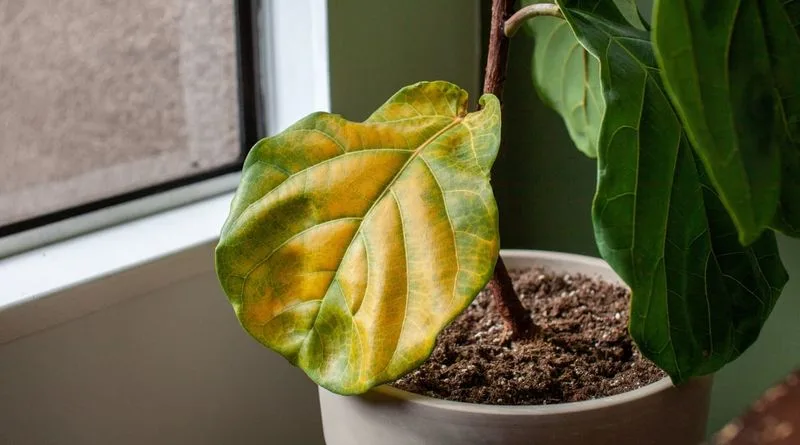
Overwatering is a prevalent mistake, often mistaken for thorough care. Excessive watering suffocates roots, depriving them of oxygen and fostering rot.
Symptoms like yellowing leaves or stagnant growth indicate trouble beneath the soil. Balancing water intake by checking soil moisture levels before watering is essential.
This mindful approach ensures plants receive the right amount of hydration, avoiding the pitfalls of waterlogged conditions and promoting healthy growth.
Wrong Plant Selection
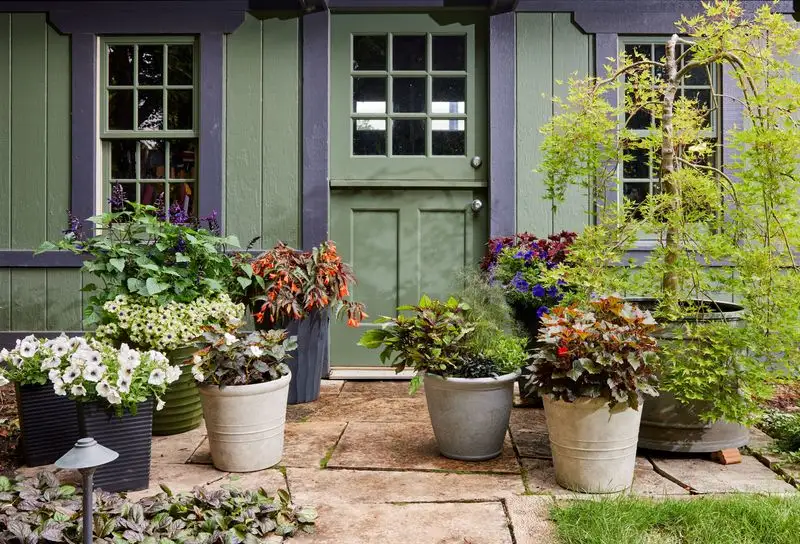
Selecting unsuitable plants for container environments can lead to disappointment. The allure of exotic plants often overshadows practicality, with climate mismatches causing stress.
Tropical plants in temperate zones may struggle, as containers expose them to harsher conditions. It’s vital to choose plants suited to the local climate and container constraints.
Researching plant adaptability ensures a thriving container garden, matching plant resilience with environmental factors for successful cultivation.
Ignoring Pest Control
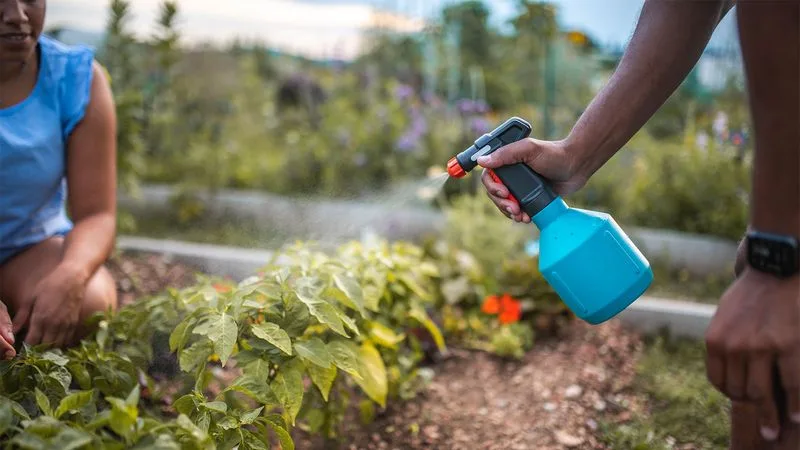
Pests can rapidly become a menace in container gardens if left unchecked. Ignoring pest control measures allows populations to flourish, damaging plants and spreading diseases.
Aphids, spider mites, and other pests thrive in contained environments where natural predators may be absent. Regular inspection and integrated pest management strategies are essential.
Employing organic or chemical controls, as necessary, protects plant health and maintains a thriving garden ecosystem within the confines of containers.
Skipping Pruning

Neglecting pruning leads to overgrown, unruly container plants. Without regular trimming, plants can become tangled and lose shape, inhibiting airflow and light penetration.
Pruning encourages healthy growth, removing dead or damaged parts. This practice helps in maintaining the plant’s desired form and vigor.
Regular attention to pruning keeps container plants thriving, ensuring they remain aesthetically pleasing and structurally sound, fostering robust development.
Failing to Rotate Containers
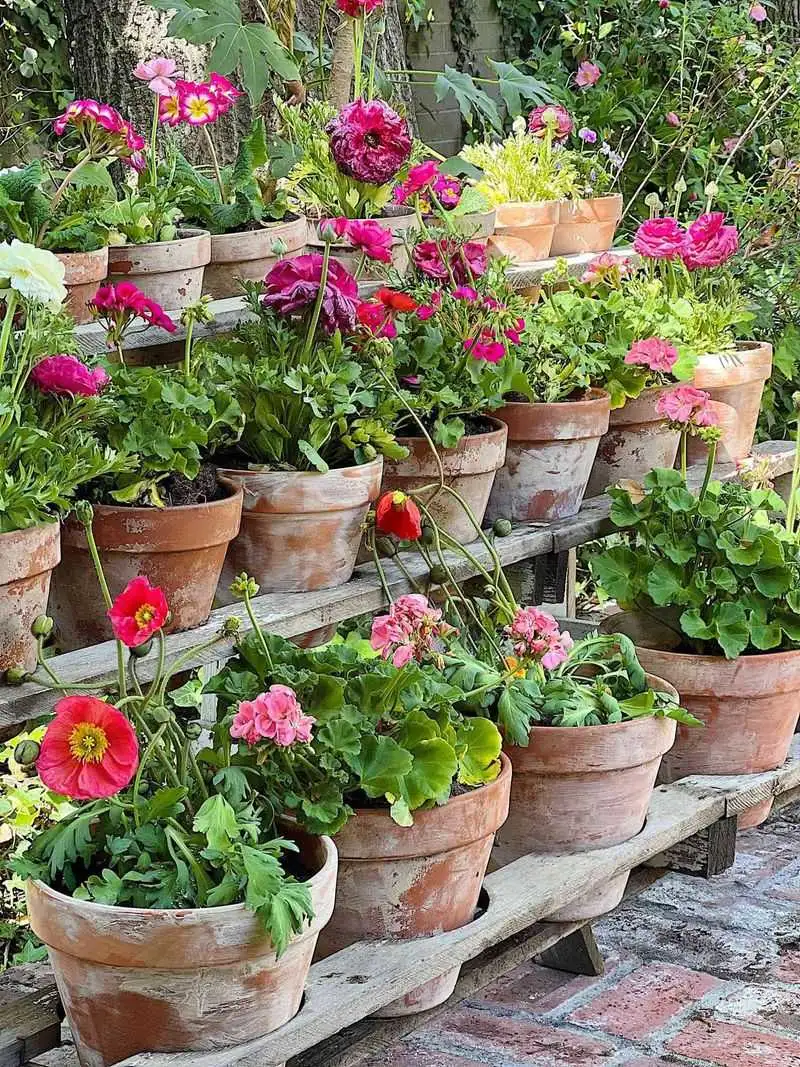
Containers left in one position can lead to uneven plant growth. Plants naturally grow towards light, causing one-sided development.
Over time, this can weaken the plant’s structure, as it bends towards the light source. Regularly rotating containers ensures even light exposure, promoting balanced growth.
This simple adjustment can prevent lopsided appearances, supporting a symmetrical and robust plant structure.
Improper Mulching

Mulching improperly can cause more harm than good in container gardening. While mulch conserves moisture and suppresses weeds, excess can lead to waterlogged soil.
Too thick a layer retains too much moisture, inhibiting evaporation and potentially leading to root rot. Appropriate mulching involves using a thin layer, ensuring it doesn’t smother the soil.
This careful balance maintains moisture levels while allowing necessary air circulation and evaporation, fostering a healthy container environment.
Using Unclean Containers
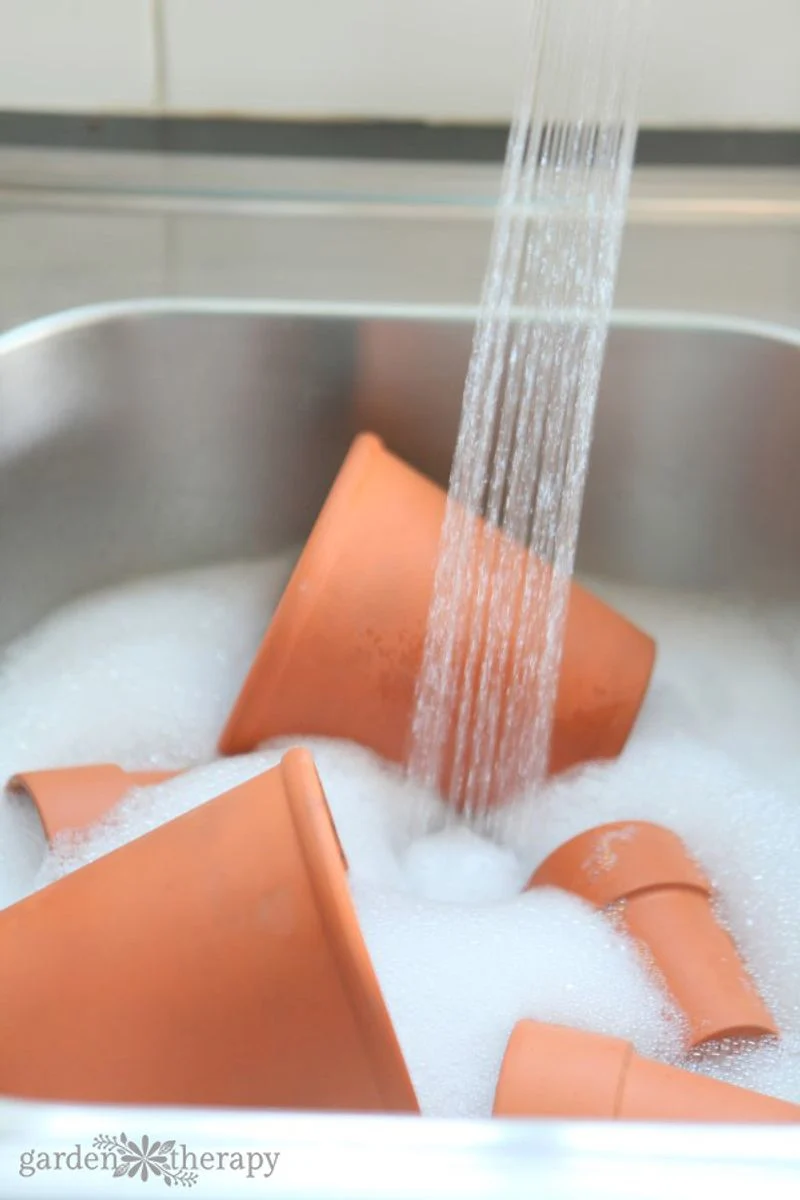
Reusing unclean containers invites diseases and pests into a new gardening setup. Residues from previous plants can harbor pathogens that infect new occupants.
Thorough cleaning with soap and water, followed by disinfection, ensures a sterile environment. This crucial step prevents the transfer of diseases, promoting healthier plant conditions.
Starting with clean containers sets the stage for successful growth, protecting plants from unseen threats lurking in residues.
Wrong Potting Mix

Using an incorrect potting mix can stifle plant development. A dense, heavy soil impedes root growth and drainage, leading to water retention issues.
Garden soil or topsoil lacks the aeration and drainage properties needed for containers. Opting for a specialized potting mix formulated for containers ensures a balance of drainage and moisture retention.
This foundation supports vigorous root systems, enabling healthy, thriving plants in a container setting.
Ignoring Pollination Needs

Pollination needs can often go unnoticed in container gardening, impacting fruit and flower production. In isolated environments, natural pollinators may be scarce.
Hand-pollination or attracting pollinators with companion planting can boost productivity. Understanding each plant’s pollination requirements ensures successful fruit set and flowering.
Facilitating pollination within container settings fosters a productive garden, turning blooms into bountiful yields.
Lack of Plant Support

Tall or vine-like plants in containers often require additional support. Without proper staking or trellising, these plants may bend or break under their own weight.
Implementing supports early in the growth stage provides stability and encourages vertical growth. This proactive approach ensures plants grow strong and upright, maximizing space efficiently.
Providing adequate support structures, like stakes or cages, maintains plant health and enhances the visual appeal of container gardens.
Neglecting Microclimate Differences
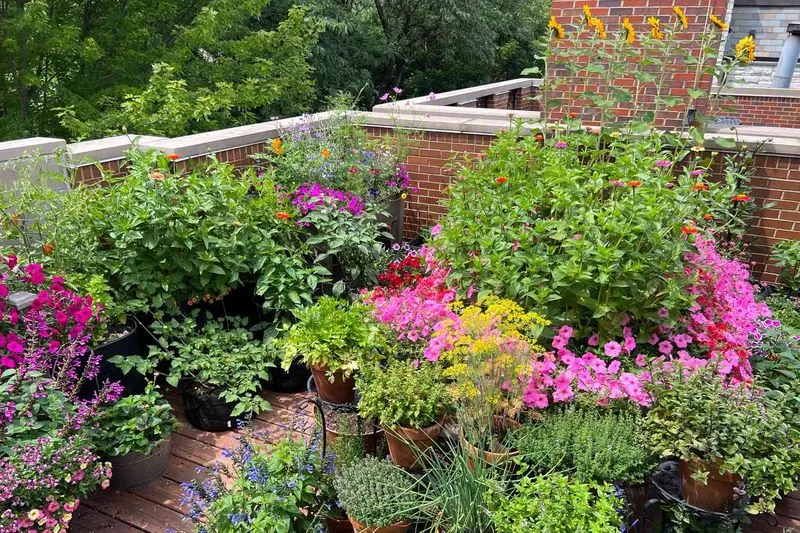
Container gardeners often overlook microclimates within their spaces. Each container can experience unique conditions based on its location. For instance, a pot on a sunny balcony may dry out faster than one in a shaded corner. These subtle differences require attention.
By observing how elements like wind and sunlight affect each area, gardeners can tailor care routines to each container’s needs. Adjusting watering schedules and placing plants according to their specific light preferences can make a significant difference.
Understanding these microclimates not only enhances plant health but also maximizes space efficiency.
Did you know that in urban settings, temperature can vary by several degrees over just a few feet? This variability presents both challenges and opportunities for container gardeners.

